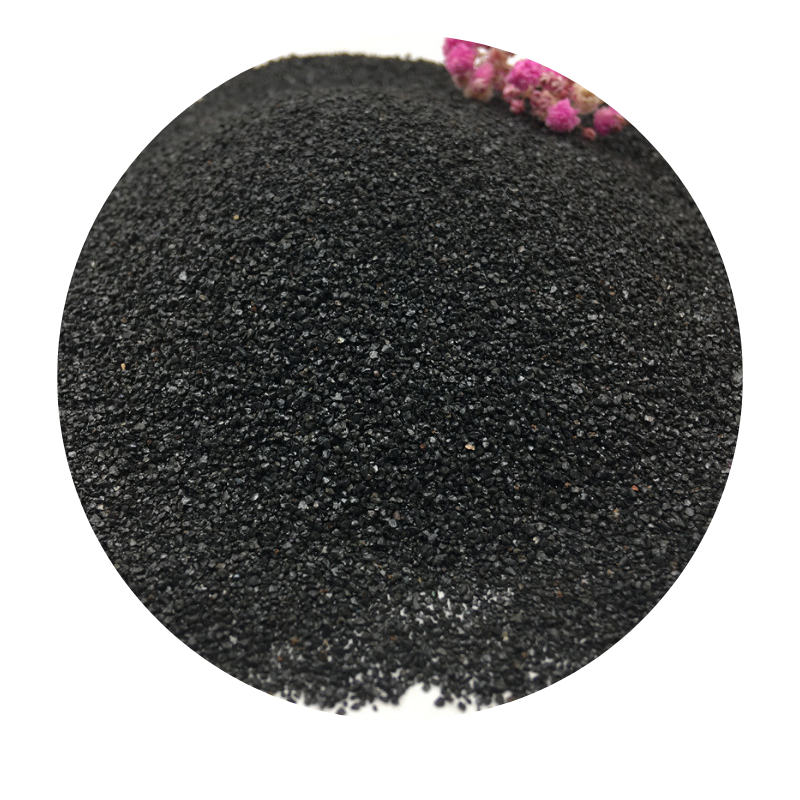
undensified silica fume
Understanding Undensified Silica Fume Properties, Applications, and Benefits
Undensified silica fume, a byproduct of the silicon and ferrosilicon industries, has garnered significant interest in construction and material science. Consisting of extremely fine silica particles, typically measuring less than 1 micrometer in diameter, undensified silica fume is known for its pozzolanic properties. This article explores the characteristics, applications, and advantages of undensified silica fume in various industries, particularly in concrete production.
Properties of Undensified Silica Fume
One of the standout properties of undensified silica fume is its high specific surface area, which can exceed 15,000 m²/kg. This characteristic allows it to react more effectively with calcium hydroxide present in cement, forming additional calcium silicate hydrate (C-S-H) gel—the primary strength-giving compound in concrete. Moreover, the ultra-fine nature of silica fume contributes to the enhancement of the concrete's microstructure, resulting in increased density and decreased porosity.
The chemical composition of undensified silica fume is predominantly silicon dioxide (SiO2), typically around 85% to 95%. This high silica content is responsible for its pozzolanic activity, which is the ability to react chemically with free lime at ambient temperatures. Additionally, undensified silica fume has low levels of impurities, making it an ideal material for high-performance concrete and other specialized applications.
Applications in Construction
Undensified silica fume is widely employed in the production of high-performance concrete. Its addition to concrete mixes can significantly enhance the mechanical properties, durability, and longevity of the finished product. It is particularly beneficial in applications requiring resistance to aggressive environmental conditions, such as marine structures, industrial flooring, and pavements. By improving the concrete's resistance to sulfate attack, chloride penetration, and alkali-silica reaction, undensified silica fume contributes to the sustainability and longevity of civil engineering projects.
undensified silica fume

In addition to concrete, undensified silica fume plays a vital role in the production of mortars and grouts. The fine particles of silica fume enhance the bonding properties and fluidity of these materials, allowing for applications in intricate construction projects and repairs. Furthermore, the incorporation of undensified silica fume in precast concrete products, such as pipes and panels, leads to higher strength and reduced permeability, ultimately improving the overall performance of these materials.
Benefits of Using Undensified Silica Fume
The integration of undensified silica fume into construction materials presents numerous advantages. Firstly, it can lead to marked increases in compressive strength, flexural strength, and resistance to impact. The enhanced mechanical properties make it an excellent choice for high-load-bearing applications and structures. Secondly, the improved durability offered by silica fume significantly reduces the incidence of maintenance and repair over the lifespan of concrete structures.
Moreover, the sustainability aspect of undensified silica fume cannot be overlooked. As a byproduct of silicon manufacturing, its use in construction contributes to recycling and waste minimization, aligning with contemporary environmental goals. By substituting a portion of traditional cement with silica fume, practitioners can reduce carbon emissions associated with cement production while maintaining or enhancing material performance.
Conclusion
In conclusion, undensified silica fume is a highly valuable material in modern construction. Its unique properties and pozzolanic activity allow for significant improvements in the performance and durability of concrete and other composite materials. With the ongoing demand for sustainable construction practices, the adoption of undensified silica fume is likely to increase, paving the way for advanced materials that meet the challenges of contemporary engineering. As the industry continues to innovate, the potential applications of undensified silica fume could expand even further, benefiting both builders and the environment alike.
Share
-
Premium Pigment Supplier Custom Solutions & Bulk OrdersNewsMay.30,2025
-
Top China Slag Fly Ash Manufacturer OEM Factory SolutionsNewsMay.30,2025
-
Natural Lava Rock & Pumice for Landscaping Durable Volcanic SolutionsNewsMay.30,2025
-
Custom Micro Silica Fume Powder Manufacturers High-Purity SolutionsNewsMay.29,2025
-
Custom Mica Powder Pigment Manufacturers Vibrant Colors & Bulk OrdersNewsMay.29,2025
-
Custom Micro Silica Fume Powder Manufacturers Premium QualityNewsMay.29,2025






